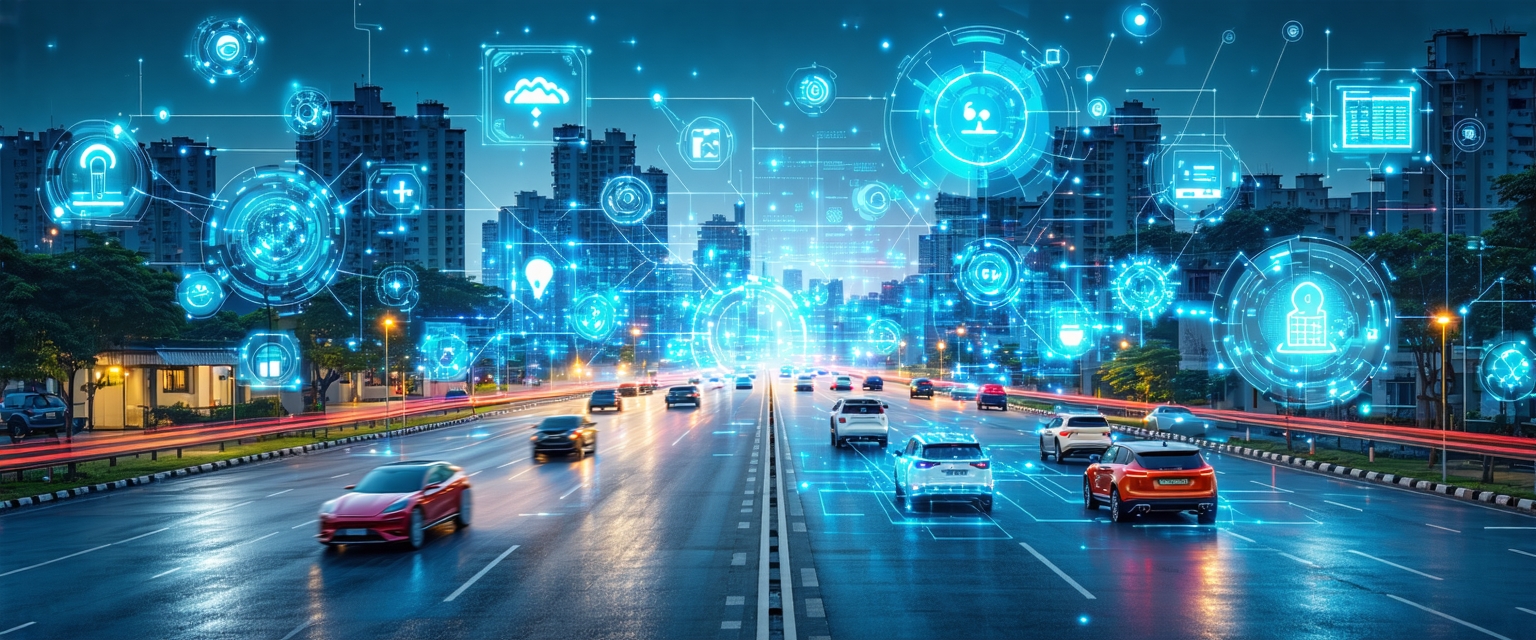






The Internet of Things (IoT) continues to evolve at a rapid pace, with recent advancements promising to reshape urban environments and improve daily lives. New developments in connectivity, data processing, and security are driving significant changes in how we interact with our surroundings.
The IoT has rapidly expanded in recent years, connecting billions of devices globally. From smart homes to industrial automation, the potential applications are vast. However, challenges such as data security and interoperability have hindered widespread adoption.
Early IoT implementations often faced limitations in processing power and connectivity, leading to fragmented systems and difficulties in managing large datasets. This resulted in inefficient resource allocation and a lack of robust data analysis capabilities.
Recent breakthroughs in low-power wide-area networks (LPWANs) are enabling the connection of a wider range of devices, including sensors in remote locations. This improved connectivity is paired with advancements in edge computing, which allows for faster data processing closer to the source.
Moreover, the integration of artificial intelligence (AI) and machine learning (ML) is transforming IoT data analysis. AI algorithms can now identify patterns and anomalies in real-time, enabling proactive responses to potential issues and optimizing resource management in smart cities.
These advancements are leading to smarter cities with improved traffic management, optimized energy consumption, and enhanced public safety. Real-time data analysis allows for quicker responses to emergencies, reducing response times and improving citizen well-being.
Furthermore, IoT-enabled infrastructure contributes to sustainability initiatives. Smart grids optimize energy distribution, while intelligent waste management systems improve resource utilization and reduce environmental impact. The enhanced data collection contributes to more effective urban planning.
The future of IoT involves further integration with other technologies, such as 5G and blockchain, to enhance security and scalability. Standardization efforts are crucial to ensuring seamless interoperability between different devices and platforms.
Research into more energy-efficient devices and advanced data analytics techniques will continue to drive innovation and expand the potential applications of IoT across various sectors.